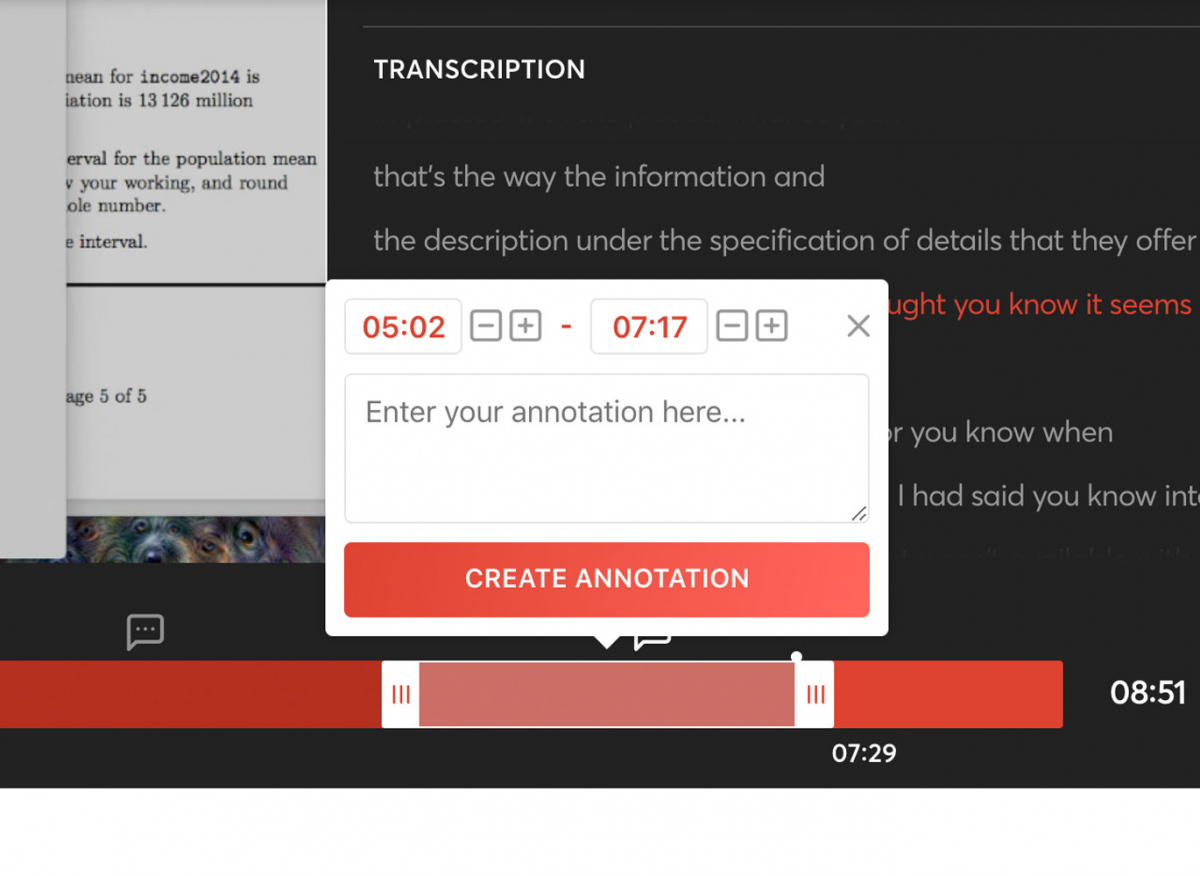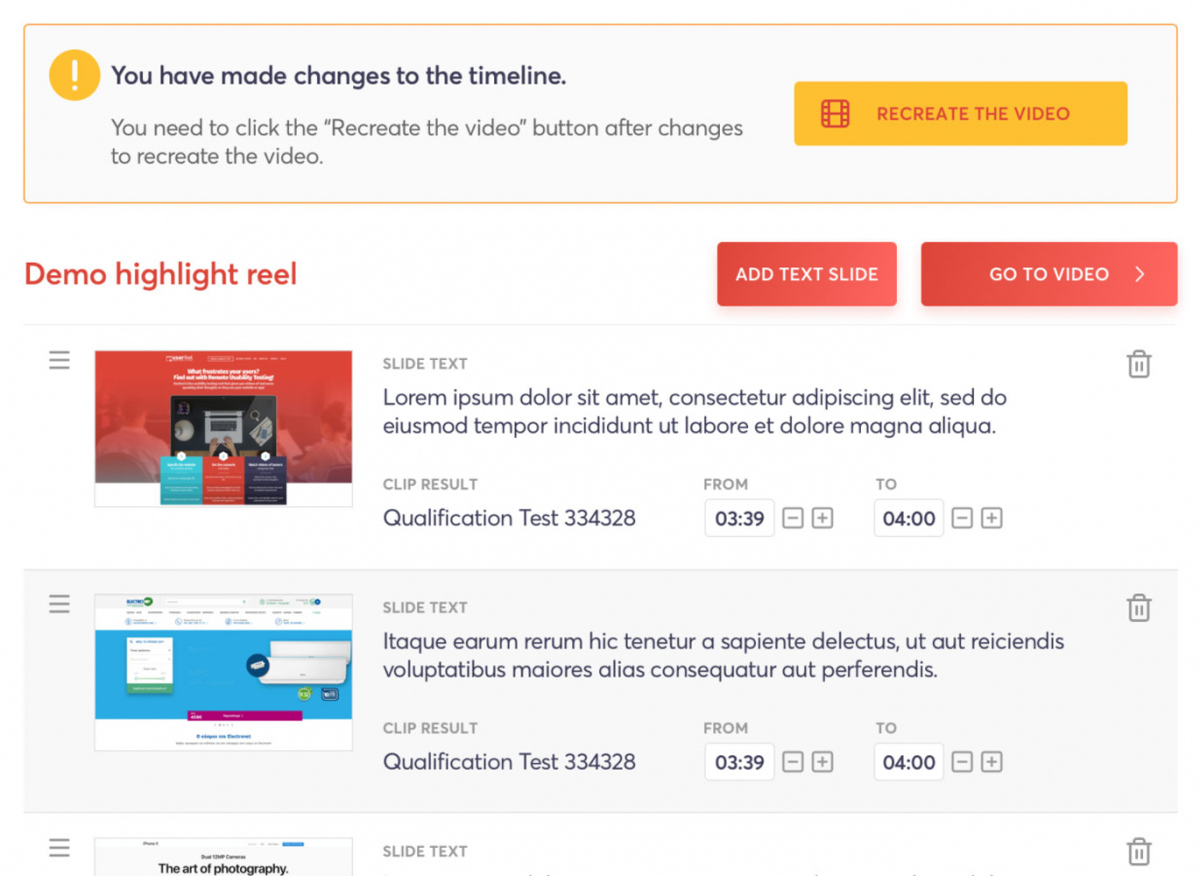
If you’ve followed our tips about planning and running usability studies, you should have a set of quality data that will help you answer your research questions. You’re not done yet, though! To get real value out of your study, you still need to spend some time transforming your raw data into actionable insights. In the third post in our series on usability testing mistakes, we discuss common pitfalls of the analysis and reporting phase.
It happens all too frequently that researchers do not spend enough time analyzing sessions and miss out on reaping the full rewards of testing. This commonly occurs when studies encounter delays along the way and have no wiggle room left at the end. Make sure you schedule sufficient time for analysis when planning your study, expecting that some delays will happen!
One consequence of not having enough time for analysis is the tendency to jump to conclusions – although this also happens when time is not short.
You must remain objective while observing sessions. Do not assume that you understand why a user said or did something, only make note of it. Try to separate analysis (breaking down sessions into data points) from synthesis (identifying trends in these data points) – and to keep both separate from devising solutions!
Using Userfeel’s annotation tool is a great way to ensure you thoroughly analyze data before moving on to synthesis.

Remember that usability testing can only show you where there are problems; it cannot actually reveal what the solutions to those problem are. This is why it’s important to conduct usability testing iteratively, as an ongoing process. Use a follow-up study to test potential solutions.
One more tip: Sometimes participants specifically state features or improvements they would like to see. These are important to listen to, but should not always be taken at face value. Focus on the user’s goals and mental models that are indicated by these statements, rather than the solutions they propose.
The most painful reality of usability testing is that no matter how great your findings are, they will never have any impact if you don’t communicate them in the right way. “The right way” will vary depending on the company, team, or project, but we can provide a few pointers to get you thinking about what’s best for your situation.
First of all, you do have to provide at least some kind of deliverable. This might be very informal, consisting of an email with bullet points, or it might be a detailed report. It’s important to have this written documentation for referring to later, and for ensuring people who aren’t around when you discuss the findings still have access to your work.
Consider providing more than one deliverable. You might send an executive summary of findings to all team members, then share a more in-depth description with the designers who will need to dig into the data deeper. Whatever the format, keep your report as concise as possible.
Videos are one of the most effective ways to make the rest of the team understand the problems you have discovered. Userfeel makes it easy to create a highlights reel from your session videos with just a few clicks.

The most important aspect of determining how to report your findings is to consider your audience. What do they care about? How much time do they have to spend on it?
Some formats to consider are:
Now we’ve shared the top three mistakes to avoid in each phase of the usability testing process. In our final post in this series, we will summarize all of these points and reveal the biggest usability testing mistake of all.